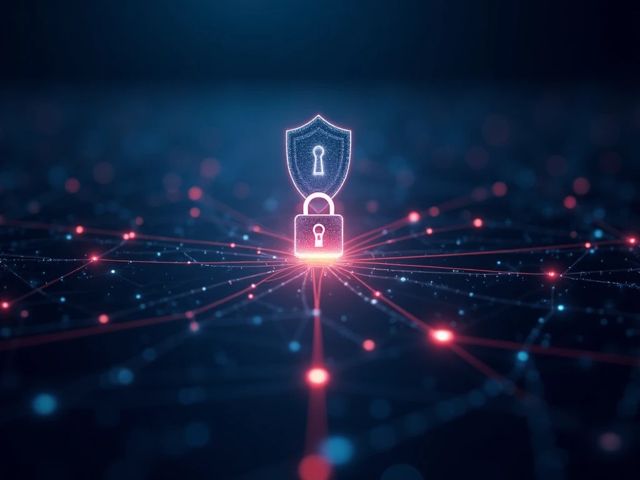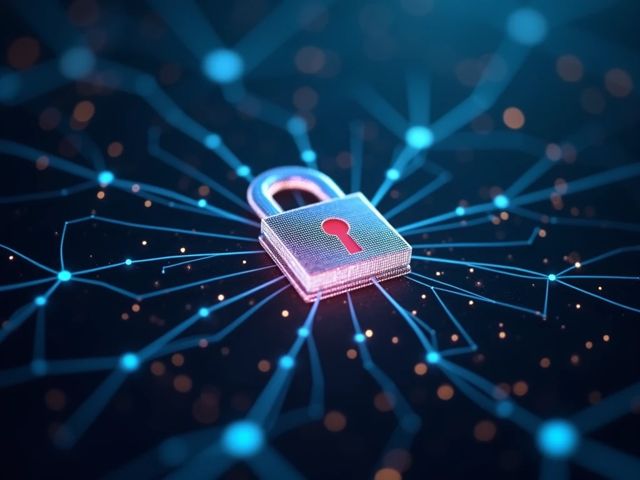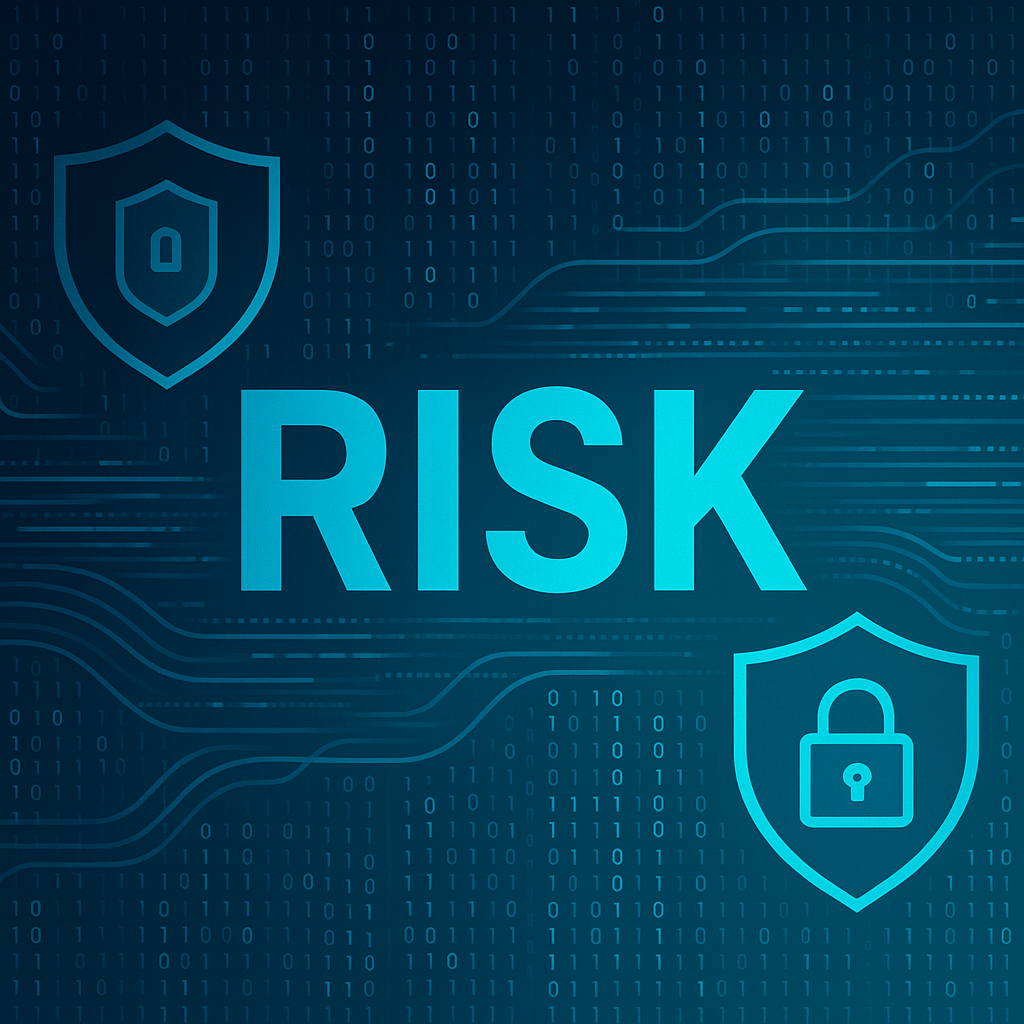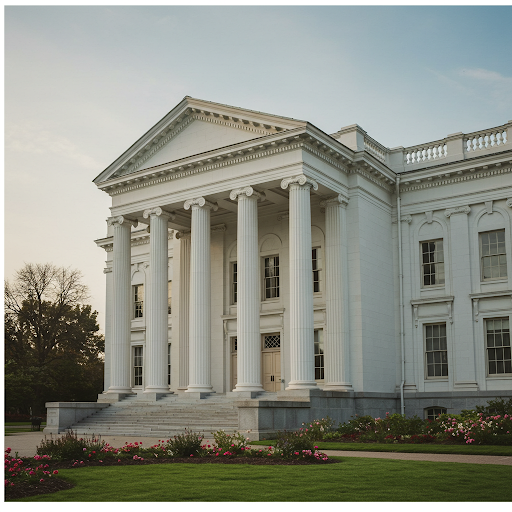Understanding legal risks in cybersecurity involves navigating regulatory compliance failures, data privacy breaches, contract disputes, and intellectual property issues. GRC leaders must proactively manage these risks with regular audits, employee training, and automation to reduce legal exposure and maintain business continuity.
Introduction
The Shifting Legal Environment in Cyber GRC
Cyber threats are becoming more complicated, and GRC leaders are now dealing with legal challenges that extend far beyond technical issues. Legal risk in cybersecurity goes past regulatory fines to include financial losses, damage to reputation, and business interruptions from non-compliance, lawsuits, or broken contracts. Many organizations still operate without a clear definition of legal risk—a Deloitte survey found that 41% of non-banking and 14% of banking respondents have not defined it.
The High Cost of Non-Compliance
Legal risk has a very real price tag. The Ponemon Institute reports that the cost of non-compliance is 2.71 times higher than the cost of compliance. On average, organizations spend $14.82 million each year dealing with non-compliance issues, compared to $5.47 million for those that invest in compliance. This difference highlights why GRC leaders prioritize legal risk management on their agendas.
Scope of Legal Risk in Security Software
Professionals working in security software must navigate several legal risk areas, such as:
-
Failing to comply with evolving regulations
-
Disputes over contracts with vendors or clients
-
Intellectual property infringement or misappropriation
-
Data privacy breaches
According to Norton Rose Fulbright’s 2024 Annual Litigation Trends Survey, 61% of organizations were involved in at least one regulatory proceeding in 2023, with that number rising from 50% in 2022. Moreover, 42% of respondents anticipate increased regulatory and litigation activity in the coming year, signaling a growing concern within GRC and compliance functions
Building Resilience Through Proactive Legal Risk Management
Managing legal risk now stands at the core of effective cyber GRC. Proactive steps—such as regular legal audits, solid contract management, thorough employee training, and including legal risk in enterprise risk management—strengthen organizations, reduce costs, and help keep business running smoothly. In this environment, these actions move beyond best practices and serve as key defenses, as legal and cyber risks become increasingly connected.
Why Legal Risks in Cybersecurity Are Rising for GRC Leaders
Mounting Legal Pressures in Cybersecurity
GRC leaders are under intense pressure from all sides: shifting cyber threats and an uptick in regulatory scrutiny. The challenge runs deeper than simply outsmarting hackers. It’s about handling a maze of changing laws, industry mandates, and the soaring cost of mistakes. Financial and healthcare organizations, in particular, are under the microscope, facing stricter requirements because of the sheer volume of personally identifiable information (PII) they handle.
Why Regulatory Risk Is Escalating
Regulatory risk in cybersecurity isn’t a new concern, but things are getting more complicated. New laws and regulations are popping up rapidly to address sophisticated cyber threats, ransomware attacks, and risks tied to third-party vendors. A single slip—like an unpatched system, a misconfigured cloud storage bucket, or a missed audit—can lead to expensive legal consequences and more than just operational headaches.
A recent Norton Rose Fulbright survey revealed that 61% of organizations faced at least one regulatory proceeding in 2023, averaging about 3.9 proceedings per organization. Even more concerning, around 42% of cybersecurity leaders report that their personal legal exposure has increased due to non-compliance, showing how legal risk has shifted from corporations directly onto individuals. These findings make it clear: legal risk isn’t just a corporate issue—it’s landing squarely on the shoulders of GRC leaders and CISOs.
The Cost of Compliance—And Non-Compliance
Managing regulatory risk comes with a hefty price tag. The average cost of compliance for established organizations has reached $5.5 million, a 60% jump over the past five years. Failing to comply brings an even steeper price. The Ponemon Institute reports that non-compliance costs are 2.71 times higher than the cost of compliance, averaging $14.82 million per year. That includes fines, legal fees, and reputational harm that can stick around for years.
Unique Challenges for GRC Leaders
GRC leaders juggle several major hurdles:
- Changing Regulations: New mandates keep surfacing, often after high-profile breaches or when regulators spot gaps.
- Complex Attack Surfaces: Outsourcing IT and moving to the cloud widens the attack surface, making compliance harder to manage.
- Operational Burden: Manual processes and siloed systems make it tough to stay audit-ready and demonstrate compliance. Many teams are turning to automation solutions to reduce costs and lighten the workload.
The risks are significant: missing the mark on regulatory or compliance risk can lead to steep penalties, lawsuits, and even criminal charges, especially in finance and healthcare, where sensitive data is everywhere.
The Path Forward
Proactive compliance management is the only way to stay ahead. This means running ongoing risk assessments, using automated monitoring, and maintaining a clear view of how regulatory risk could affect the business. Nicholas Sollitto sums it up: “Organizations should manage compliance and regulatory risks as part of an effective cybersecurity risk management strategy.” GRC leaders who stay ahead of the curve protect their organizations from costly mistakes and help them succeed in a risk-heavy world.
Mapping the Regulatory Minefield: Key Laws and Risks Affecting Security Software
The Expanding Web of Cybersecurity Laws
Security software leaders face a regulatory risk environment that becomes more complicated every year. High-profile breaches and nonstop cyber threats have pushed lawmakers to tighten the rules, especially in sectors that deal with sensitive data. Regulations like the Gramm-Leach-Bliley Act (GLBA) and Health Insurance Portability and Accountability Act (HIPAA) set strict requirements for financial and healthcare organizations, demanding strong controls over personal and health information. At the same time, the California Consumer Privacy Act (CCPA) and General Data Protection Regulation (GDPR) reach across borders, pushing any company handling Californian or EU data to rethink its approach to data governance.
This patchwork of laws is more than just a checklist—it’s always changing. The increase in ransomware, third-party IT outsourcing, and more sophisticated attacks have all triggered new regulations or changes to those already on the books. Security software companies must keep up with these shifts or face steep penalties.
Staying Ahead: Proactive Compliance and Risk Assessment
GRC leaders need to take a forward-thinking approach. Proactive compliance management has become a business must-have. Leading practices include:
- Matching internal processes with regulatory requirements by running regular legal audits and using strong contract management
- Running ongoing risk assessment to spot new threats and changes to regulations
- Using automated tools to visualize the attack surface and identify vulnerabilities
- Training employees on legal and compliance requirements
Bringing legal risk management into the larger enterprise risk management program helps prevent lawsuits and fines and strengthens business continuity and resilience.
The Bottom Line for Security Software
Security software teams need to see regulatory risk as a core business challenge, not just a back-office task. The cost of non-compliance is much higher than the investment in proactive management. Putting resources into regular risk assessment, compliance alignment, and real-time security monitoring is a must. Staying on top of changing laws is the only way to protect your organization and your customers in today’s high-stakes cyber environment.
Proactive Risk Management: Building a Resilient Cyber GRC Strategy
Executive Support: The Foundation of Cyber GRC
Building a strong cyber GRC strategy starts with support from leadership. Without buy-in from the top, even the best plans lose momentum. Senior management needs to dedicate resources and make compliance and risk oversight part of the company’s everyday culture. As Gaurav Belani points out, a successful cyber GRC program relies on leaders who set expectations for accountability and long-term progress.
Automation: Streamlining Compliance and Reducing Costs
Manual compliance work is time-consuming, expensive, and often leads to mistakes. Automation is changing how organizations approach these challenges. Platforms like Cypago make it possible to automate evidence collection, remediation, and user access reviews, cutting workloads by up to 35% and lowering operational costs by more than 60%. Teams can leave behind endless spreadsheets and ticket exports, giving them more time to focus on work that really matters.
Continuous Monitoring: Staying Ahead of Threats
Cyber threats and new regulations come quickly. Keeping up requires ongoing monitoring. Real-time security checks and automated tools give a clear view of your attack surface and catch problems before they grow. This not only tightens security but also helps maintain compliance, cutting the risk of fines or legal trouble. For instance, AWS offers automation and ongoing oversight so organizations can keep up with compliance and get the most out of their cloud resources.
Data-Driven Decision-Making: Turning Insights into Action
Risk management works best when it’s based on data. Bringing key cybersecurity metrics into your GRC dashboard lets you track compliance, measure risk, and show how well your controls are working. Companies that connect cyber risks with business impact make smarter decisions and become more resilient. Still, 80% of compliance managers have trouble making this connection, which shows where many programs fall short.
Practical Steps for Proactive Risk Management
- Assess and Prioritize Risks: Begin with a thorough risk assessment to spot vulnerabilities and set remediation priorities.
- Develop Clear Implementation Plans: Define roles, responsibilities, and timelines for all GRC projects.
- Train Your Team: Make sure employees know how to recognize threats and follow compliance rules.
- Continuously Improve: Update policies and procedures regularly to keep up with new threats and changing regulations.
A strong cyber GRC strategy goes beyond checking boxes for compliance—it builds a culture focused on security and accountability. Using automation, ongoing monitoring, and data-driven insights, GRC leaders can get ahead of legal and regulatory challenges while making operations more efficient. With compliance costs now averaging $5.5 million for established organizations, taking these steps is necessary to protect both reputation and competitiveness. For more details on putting these ideas into action, check out the Computer Society’s guide.
Case Study: Streamlining Compliance and Reducing Legal Exposure with Automation
Real-World Impact of Automation in Compliance Management
Managing compliance by hand takes up significant resources and often leads to mistakes, especially as regulations like HIPAA, PCI-DSS, and GDPR become more complex. For GRC leaders and CISOs, the pressure keeps rising: 42% say they face increased personal legal risk when compliance systems break down, and the average compliance bill has reached $5.5 million—a 60% increase over five years. In this environment, organizations can’t afford to waste time or overlook details.
Automation platforms such as Cypago are reshaping how security professionals handle compliance. Cypago’s AI-driven Cyber GRC solution brings together risk, compliance, and incident response workflows. Organizations can maintain audit readiness for frameworks like ISO27001, SOC2, HIPAA, and GDPR, all while continuously checking user access and compliance status.
How Automation Reduces Legal Exposure
Take the example of a mid-sized technology company that recently switched to Cypago for compliance management. Before automation, audit preparation meant weeks spent gathering evidence, managing spreadsheets, and coordinating across teams. Staff ended up buried in paperwork, with little time left for managing risks.
Once Cypago was in place, the company saw:
- More than 60% cut in operational compliance costs, according to customer feedback.
- A 30-35% drop in workload, since manual tasks like exporting spreadsheets and tracking down audit evidence were no longer needed.
- Instant insight into compliance status, making it possible to spot and fix issues right away—helping avoid fines that can reach $50,000 for violations such as HIPAA non-compliance (details).
Shirel Lev, CISO at Mobb AI, shared, “Cypago has revolutionized our risk assessment process and centralized our security management, giving us a clear, unified view of our security landscape.” This level of transparency speeds up audit prep and strengthens incident response, so legal and regulatory risks get handled before they spiral out of control.
Key Takeaways for GRC Leaders
- Automation connects cyber risk to business impact—a top concern for 80% of security compliance managers.
- Continuous compliance monitoring helps catch mistakes and keeps organizations prepared for changes in regulation.
- Platforms such as Cypago offer a reliable, single source for compliance and risk data, leading to quicker, better decisions and lowering personal legal risk for security leaders.
For GRC teams, adopting automation is more than just a move toward efficiency. It’s about building a compliance management program that’s ready for legal challenges and regulatory shifts.
Staying Ahead: Continuous Improvement and Future-Proofing Your Cyber GRC Program
Building a Resilient Cyber GRC Foundation
Legal risk in cybersecurity keeps shifting, shaped by new threats and changing regulations. For GRC leaders and CISOs, the challenge extends well beyond achieving compliance—maintaining it is where the real work lies. Many security compliance managers (about 80%) struggle to connect cyber risks with real business outcomes. The average cost of compliance for established organizations has reached $5.5 million, a 60% jump over five years. Efficiency and adaptability are now must-haves.
Continuous improvement moves from being a recommendation to a requirement. Relying on static, manual processes leaves organizations open to regulatory penalties and operational headaches. Solutions that automate continuous monitoring and compliance tasks, such as Cypago’s cyber GRC platform, have shown up to 60% in operational cost savings and a 30-35% reduction in workload for security teams. These improvements go beyond time savings—they free up resources for strategic risk management and innovation.
Practical Steps for Future-Proofing Your Program
To stay ahead of regulatory changes and new threats, GRC leaders can:
- Automate Compliance and Monitoring: Use platforms offering compliance automation and user access reviews to eliminate tedious manual work. This approach reduces legal exposure—reported as a growing concern by 42% of cyber leaders—and delivers clear, centralized visibility across your security program.
- Prioritize Continuous Risk Assessment: Regularly review your risk exposure using frameworks such as NIST CSF and HIPAA. Automated risk management tools help identify gaps and set remediation priorities in real time.
- Visualize and Adapt to Your Attack Surface: Use tools that provide real-time assessments and reporting, so your team can respond quickly when new threats or regulations appear.
- Track and Report Metrics: Build clear cybersecurity metrics to show how your risk management strategies are working and to keep business goals in focus.
Embracing Change and Driving Value
The regulatory environment grows more complex, especially for sectors dealing with sensitive data. Investing in AI-powered cyber GRC solutions helps organizations avoid costly fines, streamline audits, and support stronger business decisions. Shirel Lev, CISO at Mobb AI, describes the right platform as one that can “revolutionize risk assessment and centralize security management,” turning compliance from a headache into a business advantage.
Continuous monitoring, automation, and ongoing improvement form the foundation of a program ready for whatever comes next. For GRC leaders ready to make changes, this is the moment to move beyond spreadsheets and manual workflows. Those who adapt, automate, and lead with resilience will be best positioned for success.





















